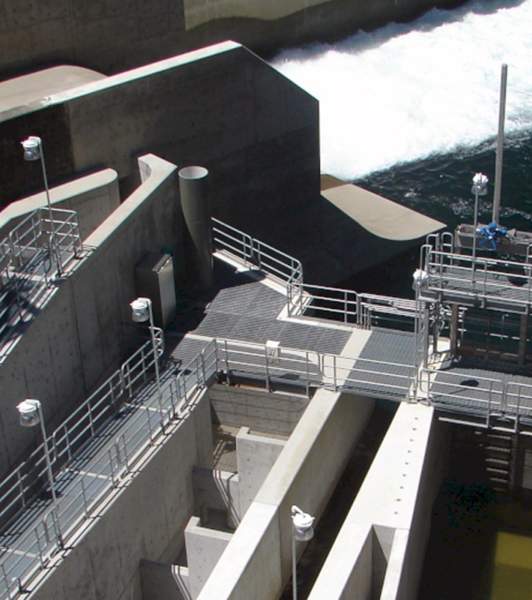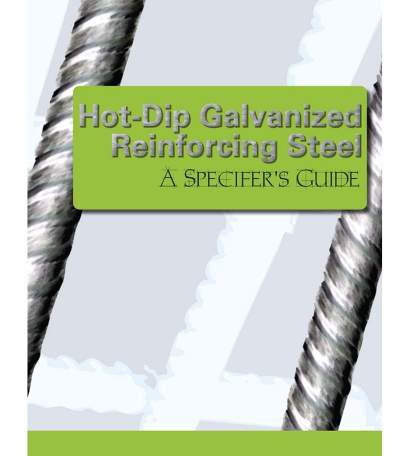
Ports & Waterways
Hot-dip galvanized steel’s durability and corrosion protection extend the life of steel structures in and around water.
Whether sea or fresh, water is a powerful, corrosive material that is hard on infrastructure. The US relies on ports and waterways to move goods throughout the country. This is an important cog in the supply chain moving 830 million tons of cargo annually. Maintaining and expanding the capabilities of our ports will minimize supply chain disruptions and help curb inflation and vehicle emissions as one barge can move the equivalent of 70 tractor trailers.
Ports are in need of both waterside and landside improvements as well as investment beyond their gates such as roads and the 12,000 miles of inland navigation channels. In fact, prior to COVID, port and port tenants had planned to spend $163 billion on their own infrastructure through 2025. Along the inland and intracoastal waterways, there are still delays and log jams including dam and lock closures which cost approximately $739 an hour or approximately $44 million per year as of 2019.
It is imperative to build port and waterway infrastructure to withstand the harsh wet environment. Hot-dip galvanizing can extend the life of steel structures in water conditions – combating corrosion as well as the wear and tear from moving shipping containers and goods

















